In Beijing you’re never far from the past; 3000 years of urban history have left rich deposits in the form of palaces, temples and parklands. Yet the city’s hyper-modern architectural experiments and vibrant contemporary art zones mean you’re never far from the future, either. Given the perpetual snarl of traffic, if time is short, stick close to the north-south axis of the historic city centre. Here you can sample daily life, imperial grandeur, revolutionary monuments and great cuisine, all in a day. Put on your walking shoes and have your compass app handy; ever since Kublai Khan of China’s Yuan dynasty had the city designed like a chequerboard in the 13th century, locals have given directions in terms of north, south, east and west.
07:30 All the city’s parks come alive at dawn with people doing tai chi, singing and practising fan and sword dancing. But there’s a magic to Houhai (Back Lake) in the Shichahai scenic area – once part of the imperial parklands and reservoirs north of the Forbidden City. From Di’anmen Wai Dajie, walk down Yandai Xiejie (Slanted Tobacco Pipe Street) to Yinding Bridge (also known as Silver Ingot Bridge). Turning right before the bridge will take you on a circuit around the lake. Join in the calisthenics; you’ll make friends and work up an appetite for a classic and very cheap Beijing breakfast of miancha (millet porridge with a topping of sesame paste) at Kao Rou Ji, a famous old halal restaurant just south of Yinding Bridge that’s been around since 1848. Look for the big stone lions at the entrance.

A beautiful day begins at Houhai
09:00 Historic hutong (laneway) neighbourhoods branch out in all directions from the lakes. Like many of the city’s grid-like main streets, a lot of these date back to the time of Kublai Khan. Kids play in the hutongs, adults gossip, Pekinese parade their owners. The rich rebuild, the rest renovate but all live side by side here. Explore on your own or engage one of the omnipresent (and occasionally omni-insistent) pedicab drivers for a 45-minute tour of the hutongs, which costs about ¥150 ($30). Or follow the west bank of Qianhai (Front Lake) to Gongwangfu – Prince Gong’s Mansion (17 Qianhai Xijie). Built in 1777, it provides a fascinating glimpse into the lifestyle of the Qing dynasty’s rich and famous.

Archway at Prince Gong's mansion, built in 1777
11:00 Leave the lakes via Yandai Xiejie, turn left and stroll past the 15th-century Gulou (Drum Tower) and its companion Zhonglou (Bell Tower) to Gulou Dajie subway station. Two stops east on Line 2 is Yonghegong (Lama Temple), once the childhood residence of the 18th-century Yongzheng Emperor. Its golden roof tiles mark it as a one-time imperial abode. Marvel at such treasures as the towering statue of Maitreya, the future Buddha, carved from a single white sandalwood tree – 18 metres of sublime serenity.
12:30 Many Yonghegong neighbourhood restaurants specialise in Buddhist-style cuisine. For a vegetarian meal of a lifetime, try the award-winning Jing Zhao Yin (King’s Joy), at 2 Wudaoying Hutong, across from the temple. The bamboo-charcoal dumplings are to die (and reincarnate) for. If you’re on a budget, keep walking down Wudaoying, which is full of cheap-and-cheerful vegetarian restaurants and funky little shops, including one selling both bicycles and juggling gear – Wudaoying is the home of the Beijing hipster.
14:00 Catch a cab to Donghuamen on the east side of the Forbidden City, China’s imperial palace complex. Turn left and walk between the palace wall and the moat – lovely in warm weather, stunning in snow and, 38 years after my first visit to Beijing, still one of my favourite places to stroll and photograph. Follow the crowds through a gate on the right and you’ll find yourself before the magnificent Meridian Gate, the official entrance to the Forbidden City and its tallest structure. Emperors once reviewed troops from its parapets; now all they would see is armies of tourists. To tour the palace takes hours so save it for a longer visit. Leave via the Imperial Ancestral Temple on your way to Chang’an Avenue, where you’ll see Tiananmen Gate, with its iconic portrait of Mao Zedong staring across Tiananmen Square at his own mausoleum.
16:00 It’s time to contemplate all that history over tea or something stronger at the Beijing Hotel Nuo (33 East Chang’an Avenue). Built by the French in the early 20th century, it’s just a short walk east from Tiananmen. In the 1950s, the Communist leadership liked to socialise here. Mao even danced in what is now the Writers Bar; the staff lift there was once reserved for his exclusive use.

Entrance to the Forbidden City
16:45 A short cab ride will deposit you at the east gate of Jingshan Park, just north of the Forbidden City. Climb the hill to the top for an unparalleled view over the palace and the city itself. This is where the last Ming emperor hanged himself in 1644 when rebel hordes stormed the palace and – a lesser-known fact – where Mao’s fourth wife, Jiang Qing, was arrested in 1976 for her part in the Cultural Revolution.
17:30 From Jingshan, walk north until you’re back at Shichahai. The Guanfu Museum gift shop (51-17 Di’anmen Xi Dajie), inside the Hehua Market, sells cool notebooks, classy reproductions of ancient ceramics, silk clothing, Chinese-themed cat mugs and more. It’s your one-stop shop for quality souvenirs.
19:30 Finish your perfect day in imperial style. Grab a cab – it will cost you about ¥56 ($12) and take up to 45 minutes – and journey to the luxurious Aman resort at the eastern gate of Yiheyuan, the Summer Palace. Built by the Qianlong Emperor between 1750 and 1764 to commemorate his mother’s 60th, then rebuilt for the Empress Dowager Cixi in the late 19th century, the Summer Palace is a showcase of late imperial architecture. Cixi relaxed over a Peking opera; you might prefer one of Aman’s signature cocktails, followed by the Chinese Restaurant’s famous Peking duck (and another one of those cocktails). 
This is a place for show life about china, If these articles help you life better in china, Welcome to share this website to your friends, Or you can post questions about china life in FAQ, We will help you to find the right answer.

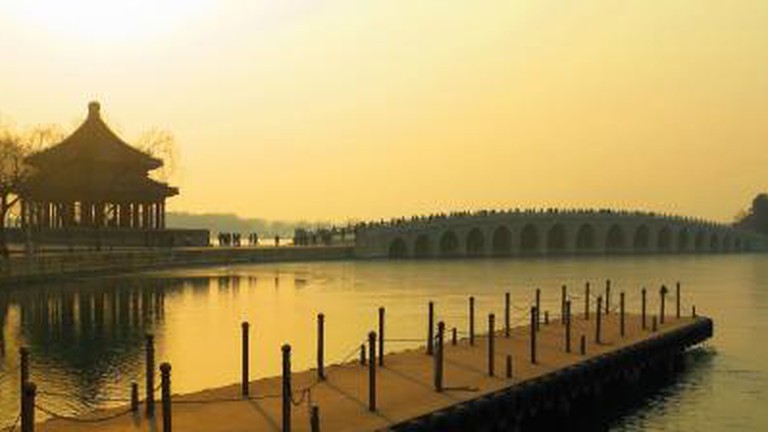
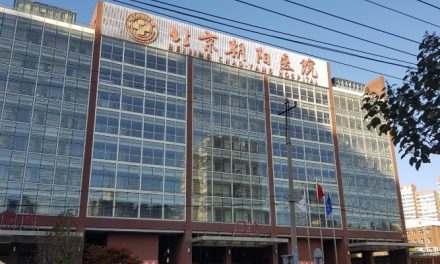
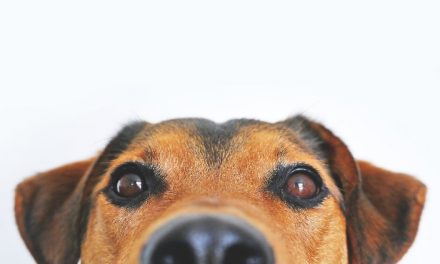
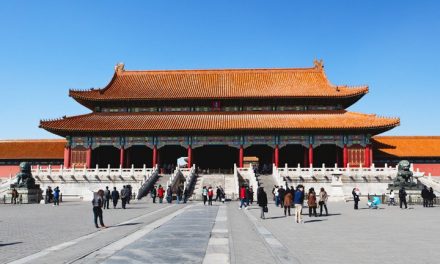
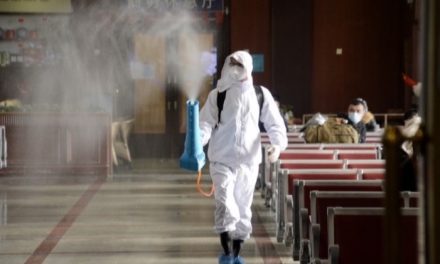
Recent Comments